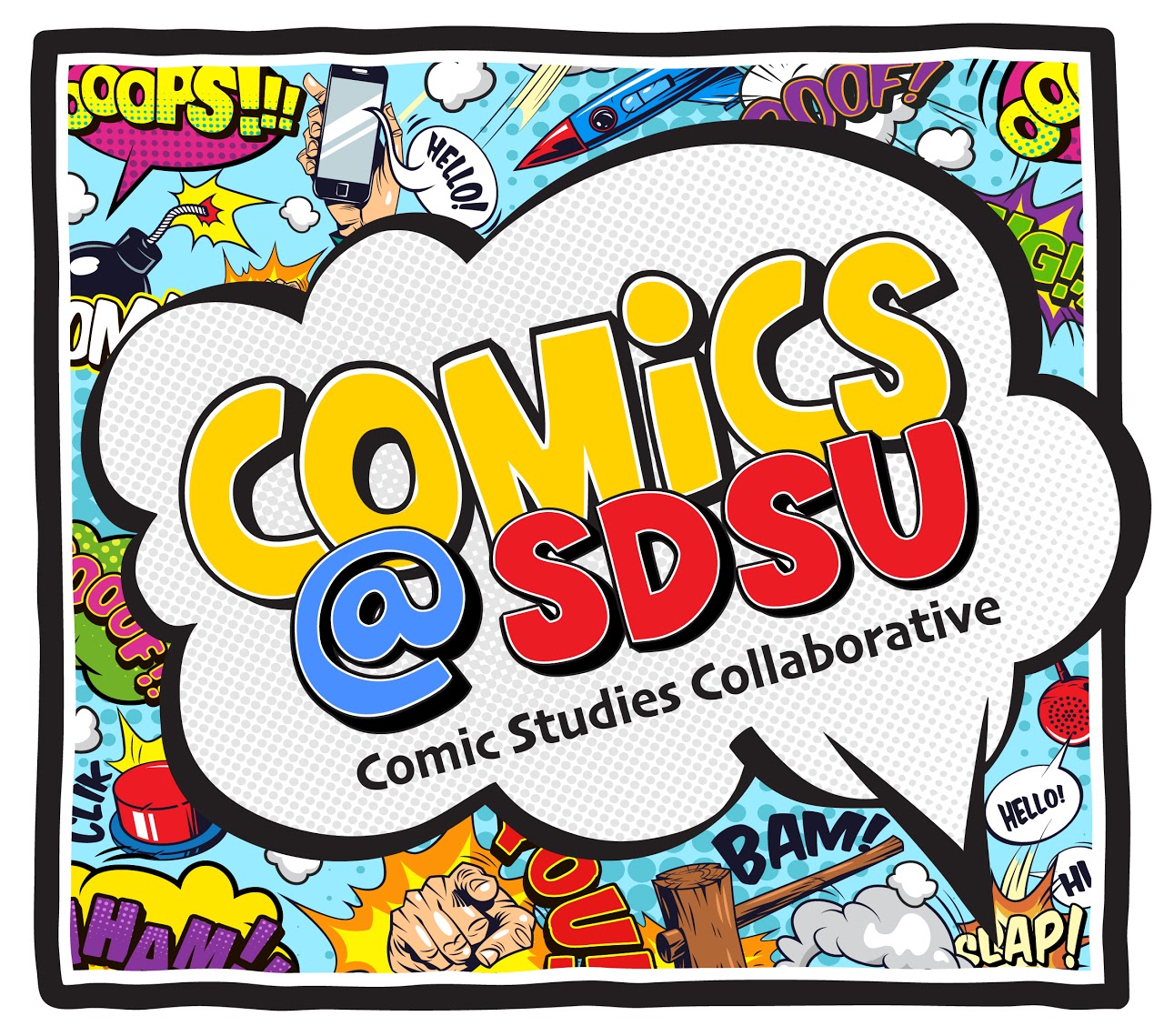Written by Fawaz Qashat
SDSU Biology Major, 2021
When I first started collecting comics, I wasn’t sure where to start and I wanted someone to tell me all the secrets. Here’s my advice, gained through trial-and-error, to anyone who might want to start collecting comics.
Pick a character, find a shop: To start off, think of your favorite character. Choose any character you really love. Once you’ve found that character, go to your nearest comic book shop. Just ask Siri or Google where the nearest comic shop is and that’ll lead you there. Once at the shop, ask about any comics that relate to the character you want. Comic shops sometimes have bins in the middle of the store that have comics organized by comic event and superhero names. I always find myself drifting to the Scarlet Witch section. Once you’ve found your desired comics, it’s only a matter of purchasing them and then taking them home to be read. Another way of finding the comics that relate to your favorite character is to look them up on Amazon. This is not a sponsored message, but I always find myself going to Amazon for collected versions of stories that have my favorite character. Another great place to get your single-issue floppy comics is Things From Another World. It’s a site that sells comics so you can shop without having to leave the comfort of your home!
Explore comics online: There are also ways to collect comics digitally. Comixology, a company owned by Amazon, has many digital comics that can be purchased and read. Marvel Unlimited is a monthly subscription that allows you access to tons of comics arranged by superhero name, event title, published date, and release date. Furthermore, both Comixology and Marvel Unlimited upload comics every week so you always have something new to read. I still have not finished the Scarlet Witch section so that should tell you how vast the selection is.
Create a Pull list: Once you’ve started your collection by getting stories related to your favorite heroes, you can explore ongoing storylines. You can still collect the older comics, but some new ones that are constantly being released may interest you or even include your favorite character. The best way to keep up and ensure you get the new comics as they release is to start a pull list at your local comics shop. A pull list is a file that is opened under your name. The comic shop will ask you what stories you want to follow and all you have to do is tell them the name of the story. Then, everytime a new issue releases, they will automatically hold the comic in your file until you pick it up from the shop.If you do this, remember to pick up your comics as frequently as possible, preferably every week, as comic shop owners often assume a financial risk by ordering additional copies to accommodate your pull list. What’s cool is that if you start a pull list, which is free of charge, you will pay the cover price of the comic rather than shelf price which is usually more than cover price. For instance, I’ve paid $3.99 for a Black Widow comic rather than $9.99 because I had started a pull list for her story.
Preserve your collection: After you have collected several comics and find yourself wanting more, you’ll want to think about investing in storage and preservation supplies. Pam Jackson (SDSU Popular Culture Librarian | Comic Arts Curator) offered me some guidance on how to preserve my comics. First off, you need the comic boxes that will hold your comics so you can flip through them while making sure they are contained and don’t spill all over the place. You can find these at your local comic shop and they usually go for about $5 unless you get the larger ones or ones that have art on them (which might run to $20). Second, you want to consider buying polyethylene comic bags. These will preserve your comic and prevent the ink from coming off the pages. For collected editions that are thicker books, you’ll only need a bag to preserve them. However, for single issue, floppy comics, you will also need boards which are the third essential item for a collector of comics. Boards should be acid free so they preserve your comic but they also prevent it from bending and creasing so that it maintains its perfect shape and condition. Comic shops will usually have older comics already bagged & boarded, but the bags are always dusty and have a price sticker on them, so I end up buying my own set of bags and boards to keep all my comics the same.
I hope you’ve enjoyed this beginners guide to collecting comics. I would love to see your comics collection so post a photo on twitter of your collection and tag me in it! My twitter handle is @fawaz_qashat. Keep calm and read comics!
